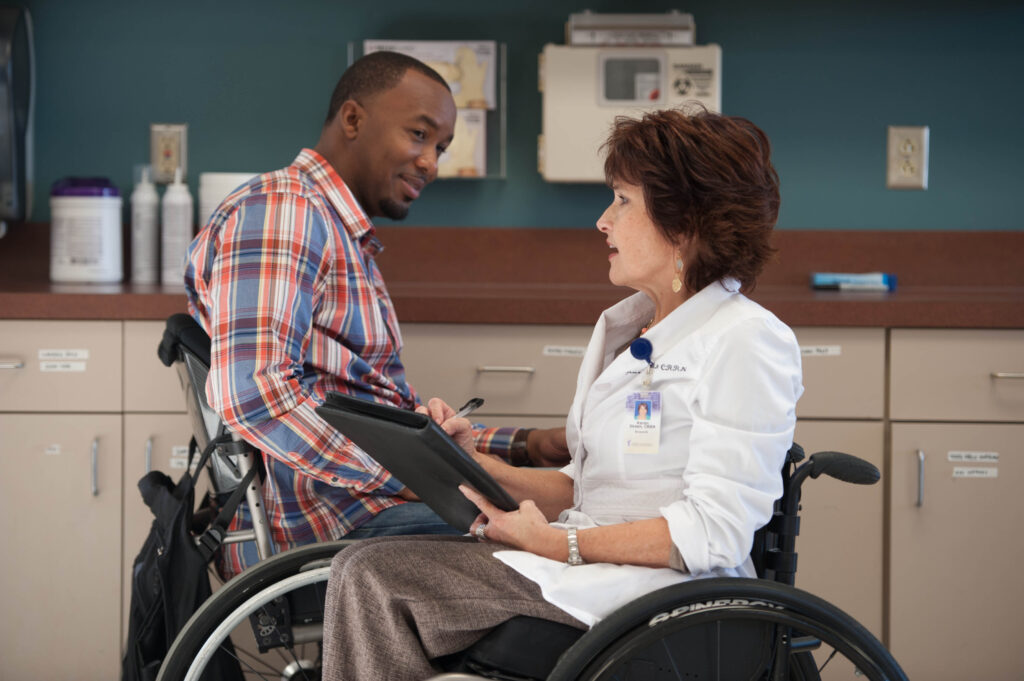
To thrive in an ever-changing environment, we need to evolve—as individuals and as organizations—to face the challenges ahead. We do this by building on past successes, using newly developed tools to the best of our ability, and forging partnerships with those who share our values and goals.
The Neilsen Foundation has seen this evolution in the research world. Scientists who once focused narrowly on cells of the nervous system are now expanding their work to ensure it is relevant to solving the wide array of complications faced by people with spinal cord injury (SCI). Our researchers are increasingly collaborative, not only partnering with experts from other disciplines, but also integrating people with lived experience into their teams to gain insight about life with SCI. Including the voices of the SCI community helps researchers prioritize the most pertinent issues and carry out their studies with the community’s needs in mind.
When we began to fund research over 20 years ago, many studies sought to answer basic questions about whether nerve cells in the spinal cord could regenerate or be repaired. While these foundational questions are still important, improving people’s quality of life and translating good science into clinical reality has become our main focus. Surveys have shown that most people want new ways to treat the effects SCI has on functions such as bowel, bladder, and blood pressure control. As a result, the number of grants we fund in these areas has increased substantially to better align with community needs.
One area that has seen huge expansion is the use of electrical stimulation of spinal nerves to restore function. Our grantee partners are testing a variety of devices that send electrical pulses into the spinal cord, trying to regulate heart rate, blood pressure, respiration, digestion, and sexual function, as well as bowel and bladder control. Importantly, these studies have evolved beyond asking whether the devices produce physical results. Now, researchers are examining how usable these devices are for people, ensuring they work in real-world settings.
SCI impacts nearly every system in the body, so it’s clear that no single approach can address everything. To apply a combination of therapies, a study must consider not only how each component works, but also how it affects the others. In the real world, the treatment also must work in the context of all other medications and devices people with SCI already use. Incorporating these ideas and integrating rehabilitation into animal testing has required a real evolution in thinking about therapy development.
The ways in which research results are communicated have also been changing. It’s no longer enough to publish findings in a scientific journal—there’s an increasing push for data sharing to promote collaboration and transparency. This practice allows researchers to revisit and combine datasets to ask deeper questions and potentially speed up progress. Emerging approaches such as Artificial Intelligence (AI) are beginning to be incorporated to analyze data, recognize patterns, and help make predictions. AI is at an early stage but may ultimately play a role that could lead to better clinical decision-making and more effective therapies.
Our journey forward is one of continuous learning, collaboration, and innovation. By listening to the voices of individuals living with SCI and embracing new ideas and technologies, we have the opportunity to transform lives. That is what success looks like.